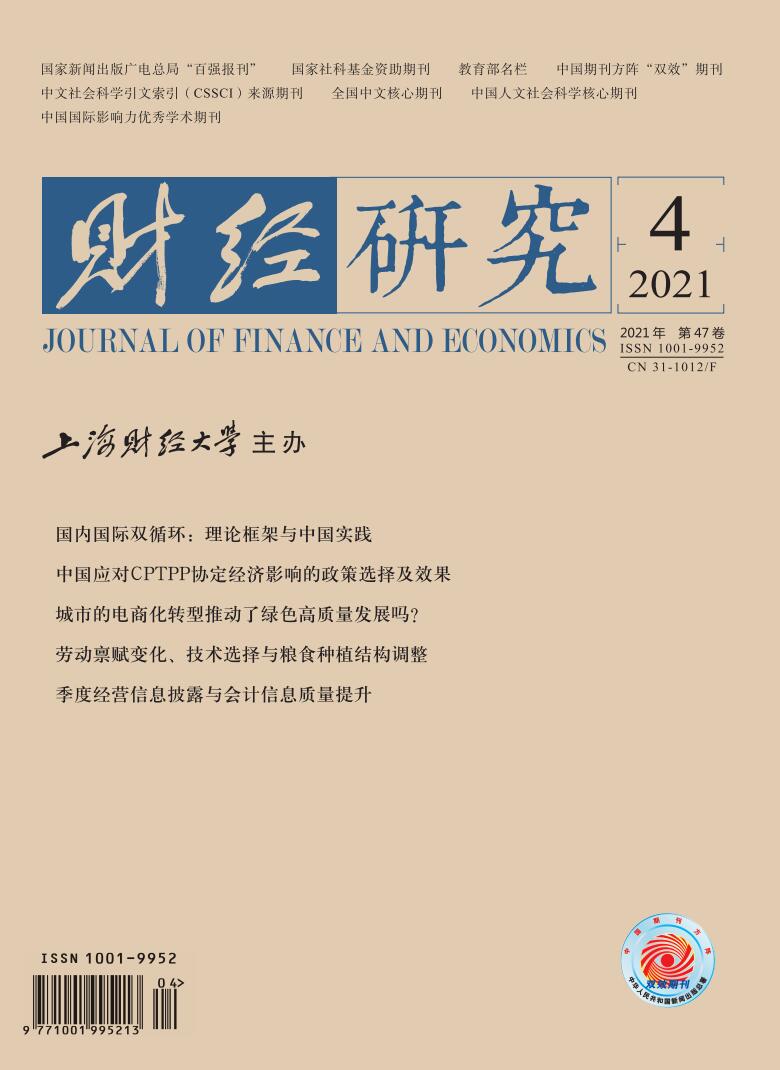The Comprehensive and Progressive Agreement for Trans-Pacific Partnership(CPTPP)has officially entered into force and is in the expansion stage. It will have a profound impact on the Asia-Pacific economic and trade structure and global economic and trade investment rules in the future.
Outside of CPTPP, China needs to take active measures to respond, build or join more regional trading systems, and expand the “friend circle” of economic and trade cooperation. China’s measures to deal with the economic impact of CPTPP can be divided into three categories: One is China’s policy choice for directly responding to CPTPP, the other is China’s policy choice for joining CPTPP, and the third is China’s policy choice for responding to the U.S. returning to CPTPP.
This paper constructs a large-scale general equilibrium numerical model system to simulate the effects of different measures in China’s response to CPTPP. The value chain and value-added trade are embedded in the model, and the imbalanced trade structure of “inside money” is introduced to optimize the stability of the model. In terms of data, the model parameters are calibrated and estimated using the latest 2018 data, a numerical model system is constructed, and the effects of the three types of response measures are quantitatively simulated.
The simulation results find that the policy effects of China’s unilateral measures to cope with the impact of CPTPP, from high to low, are in order: construction of a China-Japan-Korea free trade zone, implementation of RCEP, no measures, and further opening up. Under the two scenarios of China joining CPTPP, the measures to join the agreement together with the first batch of countries to expand the capacity will be more effective. After the U.S. returns to CPTPP, under the three scenarios of China’s policy choices, the policy effects from high to low are optimizing the business environment, not taking measures, and joining CPTPP with the U.S. Among the three different options, the economic effect of actively joining CPTPP is the best; the effect of unilateral measures to deal with CPTPP is the second; and once the U.S. returns to CPTPP, it will have an adverse impact on China. The effective measure to deal with is to optimize the business environment to reduce trade costs.
The results of the analysis enlighten China in terms of policies to accelerate the development of free trade agreement and expand the scope of the economic and trade “friend circle”. At the same time, we should speed up domestic reform and opening up, optimize the business environment, and promote domestic system reform with new international economic and trade rules. In addition, we should actively consider joining CPTPP in an appropriate way to further promote domestic reforms and opening up to the outside world, and promote win-win cooperation and economic development in the Asia-Pacific region. The research of this paper will provide decision-making reference for China’s policy choices in response to CPTPP.





 6788
6788  10551
10551

